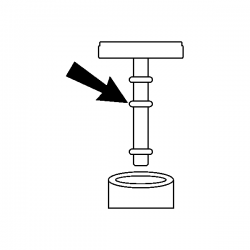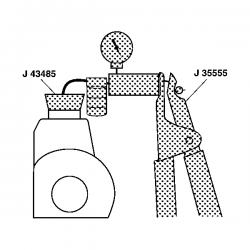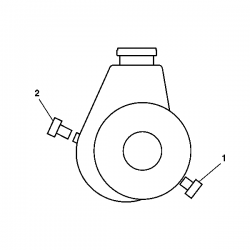2003 2500 w/118,000 miles. The pump has been whining for awhile. The last time I drove it (a few months ago) there was no indication of failure. Went to go for a drive and the battery was quite dead, only 3 volts. When I checked the battery, I noticed oil was coming out of the power steering fill tube cap. I started to take the cap off and oil was shooting out. I put the cap on as fast as I could. Next day, replaced the battery and started her. The belt and pulley is turning, but zero steering and no power assist on the brakes. I was able to remove the cap, but the oil level is right under the cap. I assume the steering pump shaft has sheared, as it does not whine either.
What I don't understand though is the oil level being so high. If the pump grenaded as I shut it off a few months ago, I guess the higher level of steering oil in the brake booster is flowing down to the fill tube through the pump?
What I don't understand though is the oil level being so high. If the pump grenaded as I shut it off a few months ago, I guess the higher level of steering oil in the brake booster is flowing down to the fill tube through the pump?




